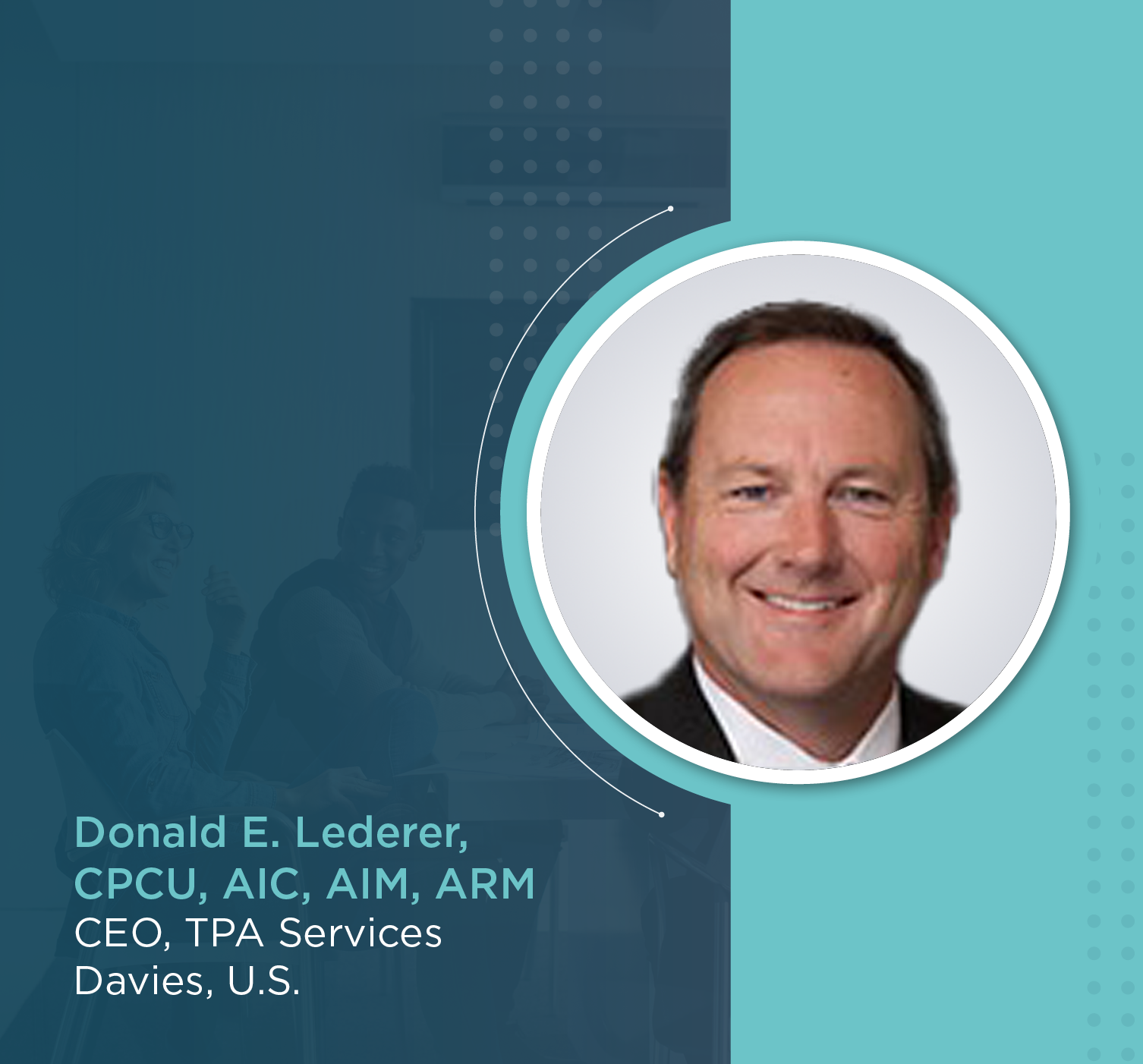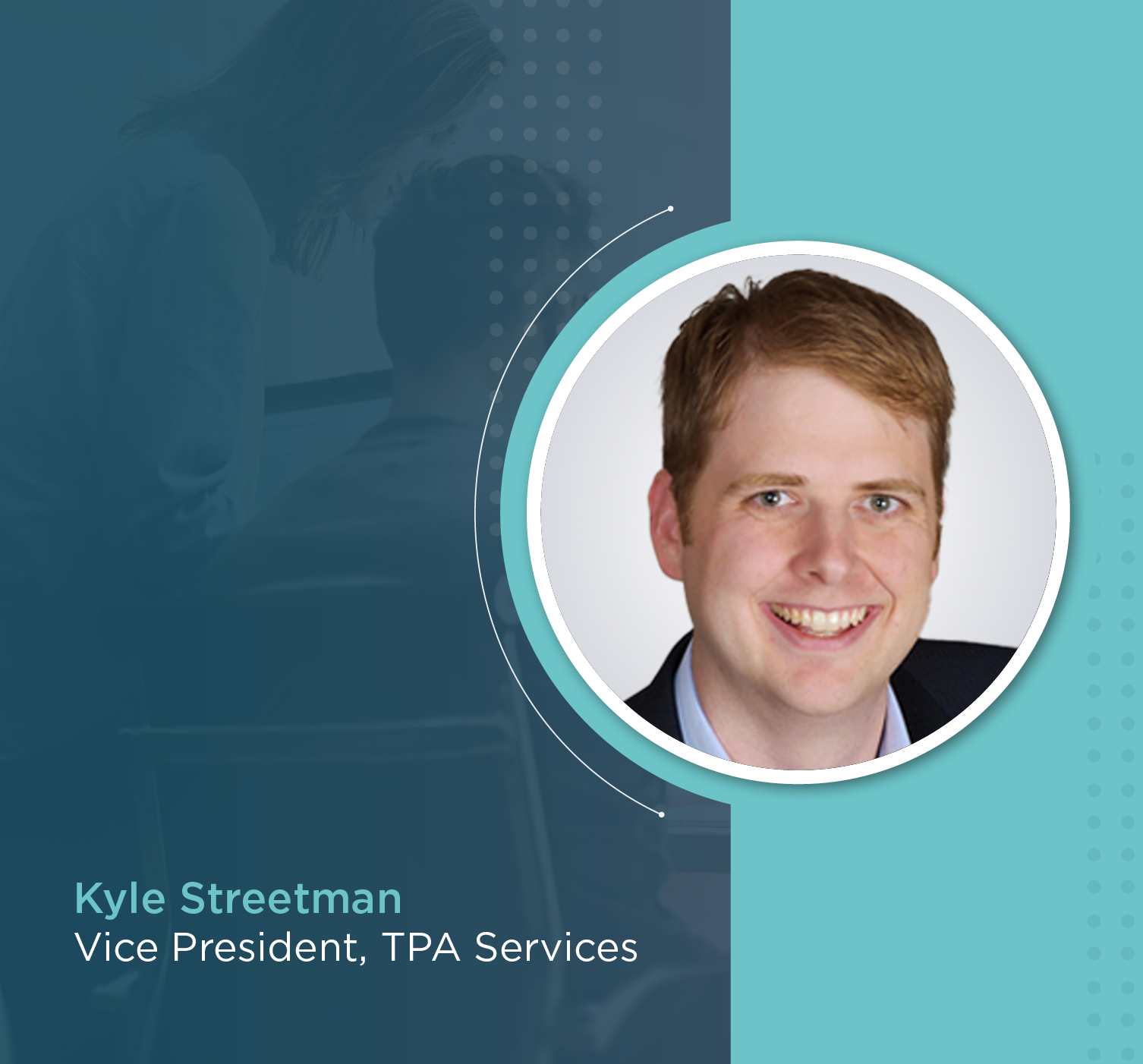Filling in the Data Gap
November 16th 2022
Originally published in PEO Insider (November 2022). Reproduced with permission of the National Association of Professional Employer Organizations.
PEOs that serve clients across all industries face the same conundrum when it comes to prospective clients – how do you estimate and manage costs for prospective clients when there is little to no claims history? This occurs when a prospect has been active for years, but has been fortunate from a claims’ perspective, but more commonly this problem presents itself for new and start-up firms. Costing models are generally the solution, but how those models are developed can vary around two main characteristics: whose data is being used, and who is doing the modeling.
The first characteristic is the question of where does one obtain the data necessary to build such a model. PEOs of a requisite size[1] can utilize their own internal data, especially if there is an overlap in industry between historical data and the prospective firms. But for PEOs without the requisite size or PEOs looking to complement their internal data, external data can be a valuable addition to bolster credibility and potentially contribute data points in industries that the PEO may not currently be writing. External data is available at a cost, whether from working directly with a predictive modeling vendor or acquiring directly from a rate bureau.
It is worth noting that external data may not always be materially beneficial to a PEO. Where claims costs ultimately end up depends on a variety of factors, including but not limited to the underlying claimant and exposure, the jurisdiction, the claims handlers, etc. If any of those factors are materially different between a PEO’s internal data and an external database, then the combination of the two data sets may add more complication than is worth the benefit.
The second characteristic is the question of who will do the modeling. Just as data can be internal or external, those utilizing the data can also be internal or external. Internal personnel are typically in risk departments and may be an internal actuary, data scientist, or someone otherwise comfortable in a modeling context. External personnel are typically employed by consulting actuarial firms, insurance brokerages, predictive modeling vendors, and more. Assuming the experience necessary exists, internal resources are advantageous to a PEO because the internal expert understands the PEO’s history and data, and may be able to foresee challenges to modeling that an external party may take more time to realize. External parties may be able to provide a fresh set of eyes to the same problem, and leverage experience from serving other similar and/or different types of clients.
A new type of approach relates to both of the aforementioned characteristics. No- code and low-code modeling platforms have risen in the last few years to provide PEOs the opportunity to develop a variety of insurance and/or business models without the need for knowing how to use established languages such as Python and R. Using such established coding environments has its own set of advantages and disadvantages but for most users can be cumbersome, with potentially significant amounts of time spent in troubleshooting and debugging. These no-code and low-code platforms provide for a very user-friendly interface and potentially allow for a much quicker development of a model, and at a fraction of the cost. The downside is that the user and/or PEO will need to procure all the data utilized by this service, whereas engaging an external modeling vendor may open the door to utilize their own datasets.
PEOs looking to address and mitigate costs, especially in insurance contexts, have a number of different ways to address little or no data from a prospective client. Having the right combination of data and modeling expertise can help PEOs mitigate costs and provide these types of clients the benefits they need to support their employees. Low- and no-code modeling platforms may also be a suitable approach for some PEOs.
[1] There is no set number of years or number of claims that ensure a model can be built.
-
March 10th 2023
The People Behind Davies: Interview with Don Lederer regarding Johns Eastern Merger
Following the exciting news of Davies’ acquisition of Johns Eastern, we sat down…
-
February 6th 2023
The People Behind Davies: Interview with Kyle Streetman, Vice President of TPA Services
In celebration of Insurance Careers Month, we interviewed Kyle Streetman, the Vice President…
-
March 5th 2020
A Deep Dive Into Workers’ Comp Stats
Originally published in PEO Insider (March 2020) Reproduced with permission of the National Association of…
-
July 17th 2023
A Human Touch for Insurance Inspection in a Technology World
Our world is changing but is your company adapting? It is no secret…



